
Monster Hunter is renowned for its diverse array of weapon types and engaging gameplay, but did you know that even more weapons haven't made it into the newer games? Dive into the fascinating history of Monster Hunter weapons and discover more about this iconic series.
← Return to Monster Hunter Wilds' main article
History of Weapon Types in Monster Hunter
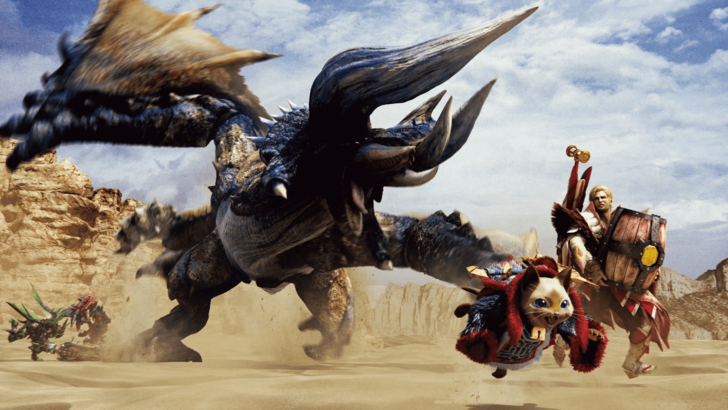
Monster Hunter has been captivating gamers for over two decades since its debut in 2004. One of its standout features is the wide variety of weapon types available to players. In Monster Hunter Wilds, players can choose from fourteen distinct weapons, each with unique strengths, weaknesses, movesets, and mechanics. As the series has evolved, the difference between the original Great Sword and its modern counterpart is striking. Moreover, there are additional weapons from older games that never made it to the West. Let's explore the evolution of these weapons, focusing on the hunter's most essential gear.
First Generation

The first generation of Monster Hunter introduced weapons that have become iconic within the series, evolving significantly over time.
Great Sword
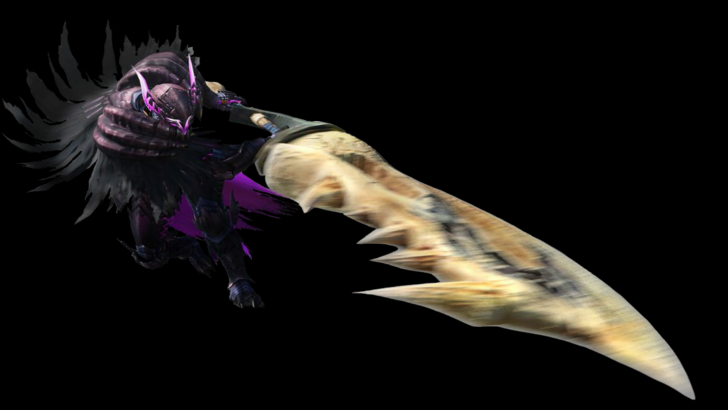
The Great Sword, arguably the most iconic weapon in the franchise, has been a staple since the original game's release in 2004. Known for its high damage output, it requires strategic use due to its slow movement and attack speed. In the first game, it was centered around hit-and-run tactics, with a unique feature where hitting a monster with the blade's middle caused more damage. Monster Hunter 2 introduced the Charged Slash, a game-changer that allowed hunters to charge the weapon for increasingly powerful attacks. Subsequent games built on this mechanic, adding new finishers and improving the weapon's flow, such as the shoulder tackle in Monster Hunter World. The Great Sword's simplicity makes it accessible, yet mastering its high-skill ceiling is rewarding.
Sword and Shield
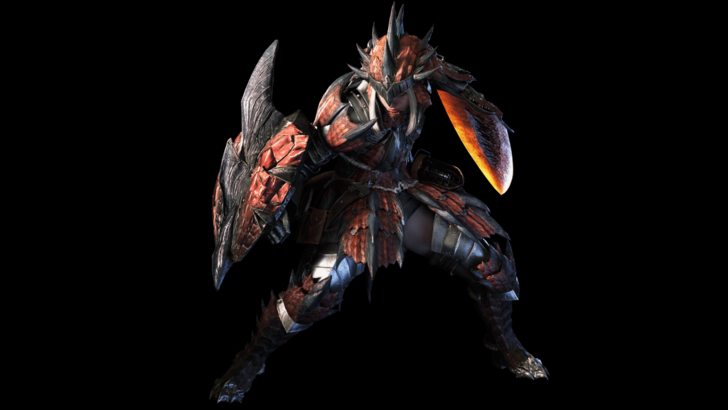
The Sword and Shield embodies versatility, offering a balanced setup with quick combos, mobility, and the ability to block. Initially seen as a beginner's weapon due to its straightforward mechanics, it has evolved significantly over the series. In Monster Hunter 2, players could use items without sheathing the weapon, enhancing its utility. Subsequent games added new moves like the shield bash combo, backstep, and jumping attacks, culminating in the Perfect Rush combo and aerial finishers in Monster Hunter World and Rise. Despite its modest damage output, the Sword and Shield's depth and utility make it a valuable choice.
Hammer

The Hammer, one of two blunt damage weapons, excels at breaking monster parts and inducing knockouts. Its playstyle, similar to the Great Sword, focuses on hit-and-run tactics, but with surprising mobility. The weapon's charge mechanic allows movement while charging, a unique feature. Monster Hunter World and Rise introduced significant changes, such as the Big Bang and Spinning Bludgeon attacks, and added depth with Strength and Courage modes. Mastering the Hammer involves targeting monster heads and effectively managing charge states.
Lance

The Lance epitomizes defensive play with its long reach and robust shield, capable of blocking most attacks. Its playstyle resembles an outboxer, focusing on safe, ranged pokes while maintaining a defensive stance. The introduction of the Counter mechanic in later games reinforced this identity. Despite its slow movement, the Lance's ability to turn hunters into tanks offers a unique playstyle, distinct from its more aggressive cousin, the Gunlance.
Light Bowgun

The Light Bowgun, a ranged weapon from the first generation, offers mobility and quick reloads, making it easier to handle and safer than its heavier counterpart. Its customization options, including barrels, silencers, and scopes, cater to various playstyles. Monster Hunter 4 introduced the Critical Distance mechanic, adding depth to ranged combat. Monster Hunter World enhanced the weapon with Wyvernblast and a slide maneuver, further distinguishing it from the Heavy Bowgun.
Heavy Bowgun

The Heavy Bowgun, introduced in the first generation, offers high damage and a wide range of special ammunition, but at the cost of mobility. Its design remained largely unchanged until Monster Hunter 3 introduced Siege Mode, allowing continuous firing without reloading. Monster Hunter World added special ammo types like Wyvernheart and Wyvernsnipe, enhancing its artillery role. The Heavy Bowgun's preparation and ammunition management add a strategic layer to gameplay.
Dual Blades

The Dual Blades, known for their speed and multi-hitting attacks, excel at inflicting status ailments and elemental damage. Introduced in the Western release of the first game, they focus on fluid, fast combos. Demon Mode, a temporary state that boosts damage and access to new attacks, drains stamina. Monster Hunter Portable 3rd and 3 Ultimate introduced the Demon Gauge and Archdemon Mode, revolutionizing the weapon's mechanics and encouraging sustained offensive play.
Second Generation

The second generation of Monster Hunter games introduced weapons that, while similar to their predecessors, offered distinct movesets and mechanics.
Long Sword
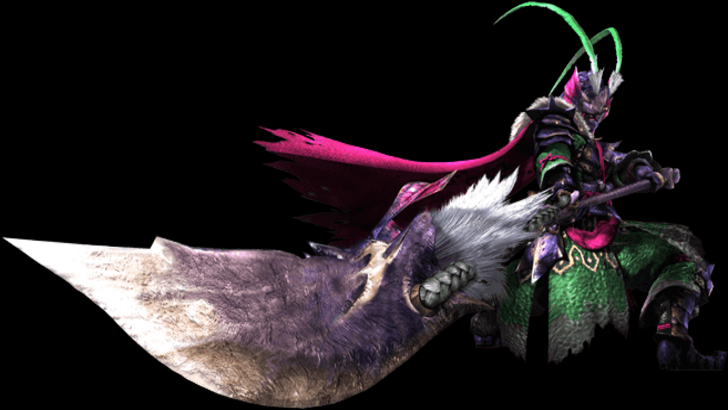
The Long Sword, introduced in Monster Hunter 2, is known for its fluid combos and high damage output. It lacks the Great Sword's blocking ability but compensates with greater mobility. The Spirit Gauge mechanic, central to its playstyle, was introduced in Monster Hunter 2 and evolved in Monster Hunter 3 with new levels and the Spirit Roundslash finisher. Monster Hunter World added the Foresight Slash for parrying and the Spirit Thrust Helm Breaker finisher, enhancing the weapon's dynamic playstyle. Iceborne introduced the Iai Stance, further refining the Long Sword's combo-oriented and counter-based approach.
Hunting Horn

The Hunting Horn, introduced in Monster Hunter 2, serves as a support weapon with impact damage. Its Recital mechanic allows players to play notes for various buffs. Monster Hunter 3 Ultimate allowed notes to be played during attacks, improving fluidity. Monster Hunter World introduced song queuing and Echo Notes, enhancing the weapon's support capabilities. Monster Hunter Rise overhauled the weapon, simplifying the Recital mechanic and sparking debate about its complexity versus accessibility.
Gunlance
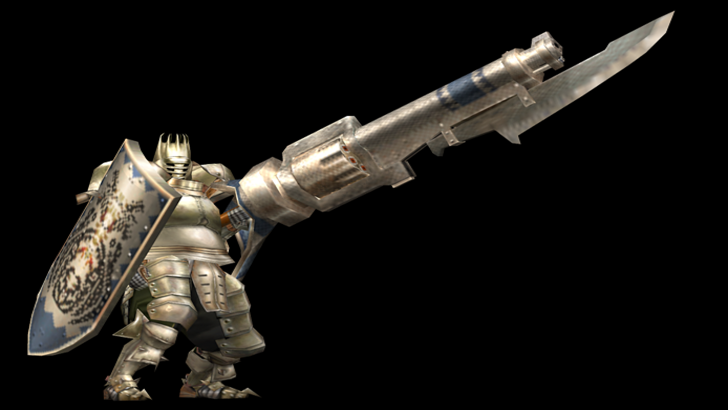
The Gunlance, introduced in the second generation, blends the Lance's defensive capabilities with explosive rounds. Its unique Shelling mechanic, tied to unlimited ammunition, offers aggressive play. Monster Hunter 3 introduced quick reloads and the Full Burst attack, reinforcing its aggressive design. Monster Hunter X added the Heat Gauge, adding a strategic element to its offense. Monster Hunter World's Wyrmstake Shot further enhanced its finishing moves, balancing offense with the risk of overheating.
Bow
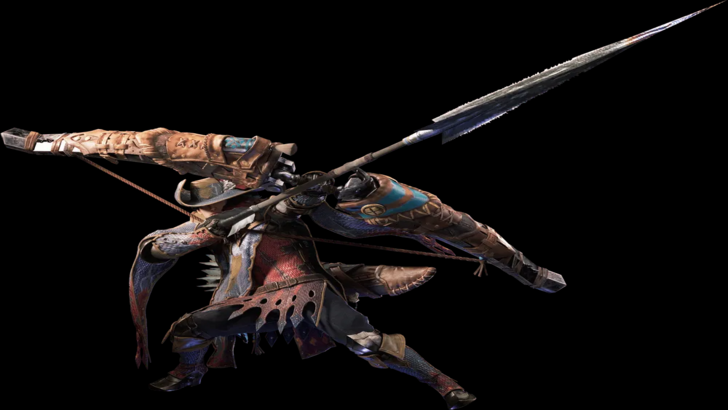
The Bow, introduced in Monster Hunter 2, specializes in agile, close-to-mid-range combat. It functions similarly to a melee weapon, with chargeable attacks and Coatings for various effects. Monster Hunter World streamlined its moveset, integrating Shot Types into the base moveset and introducing universal Close-Range Coating. Monster Hunter Rise reintroduced Shot Types tied to charge levels, maintaining the weapon's aggressive and combo-heavy playstyle.
Third and Fourth Generation

The third and fourth generations introduced innovative weapons with unique mechanics, including morphing capabilities and buff systems.
Switch Axe
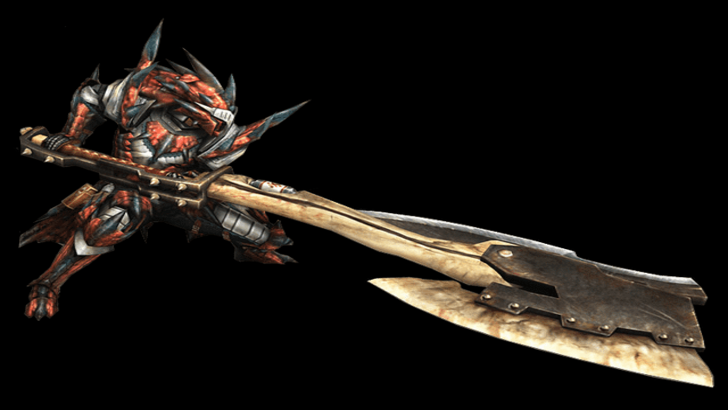
The Switch Axe, introduced in Monster Hunter 3, features two modes: Axe Mode for mobility and range, and Sword Mode for higher damage and Elemental Discharge. Initially, players had to unlock it through a quest, but it became available from the start in subsequent games. Monster Hunter World introduced the Amped mechanic, enhancing Sword Mode. Monster Hunter Rise extended Amped to both forms, encouraging fluid morphing. The Switch Axe's unique gameplay adds depth to the series.
Insect Glaive
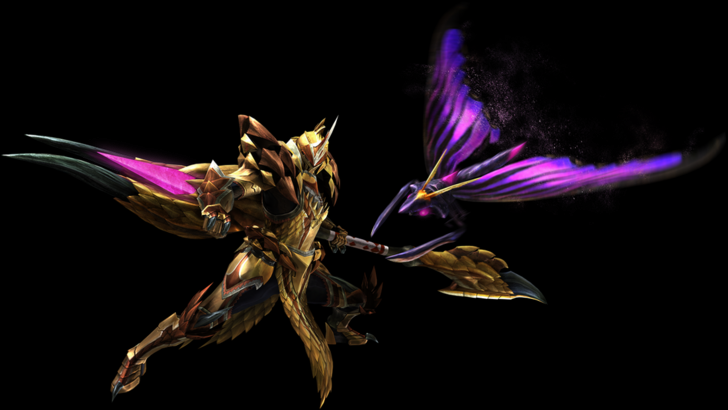
The Insect Glaive, introduced in Monster Hunter 4, offers aerial supremacy with its Kinsect, which collects essences for buffs. Red, white, and orange essences enhance attack, mobility, and defense, respectively. While the weapon's core mechanics remained consistent, Monster Hunter World: Iceborne added the Descending Thrust finisher. Monster Hunter Rise simplified Kinsect upgrades and introduced new types, enhancing accessibility. The Insect Glaive's unique buff system and aerial attacks set it apart.
Charge Blade

The Charge Blade, introduced in Monster Hunter 4, combines Sword Mode for charging phials and Axe Mode for unleashing Amped Elemental Discharge. Known for its complexity and versatility, mastering the Charge Blade involves understanding its Guard Points and transitions between modes. Its balanced offense and mechanical depth make it a challenging yet rewarding weapon.
Will There Be More?

While Monster Hunter Wilds features fourteen weapons, the series has a history of introducing new weapons or revisiting old ones. As Monster Hunter continues to evolve, we can anticipate even more innovative weapons that enhance the game's depth and appeal. Personally, I'm excited to see what the future holds, even if I find myself returning to the Sword and Shield after trying out new weapons with each release.
You may also like...







